For swimmers, cardiovascular fitness is non-negotiable. But when it comes to building endurance, burning calories, and staying injury-free, the debate between HIIT (High-Intensity Interval Training) and steady-state cardio is more than academic—it’s personal. Each approach has strengths, but when injury prevention is the priority, one may offer a safer edge—especially in the water.
HIIT involves short bursts of maximal effort followed by brief recovery periods. Think 30 seconds of sprinting followed by 1 minute of walking, repeated for 15–20 minutes. It’s efficient, metabolism-boosting, and time-saving.
Steady-state cardio, on the other hand, maintains a consistent, moderate intensity over a longer duration—like a 45-minute jog or a continuous swim at 60–75% of max heart rate. It’s often low-impact and promotes aerobic endurance.
Research shows that while HIIT delivers fast results in fitness and fat loss, it also increases mechanical stress and neuromuscular fatigue. For swimmers—whose shoulders, hips, and spine endure repetitive strain—this added load can heighten injury risk, especially if recovery is inadequate.
Steady-state cardio, particularly low-intensity steady-state (LISS), produces less joint impact and muscular strain. It supports cardiovascular health without overwhelming the nervous system. This makes it a safer choice during high-volume swim training or rehabilitation phases.
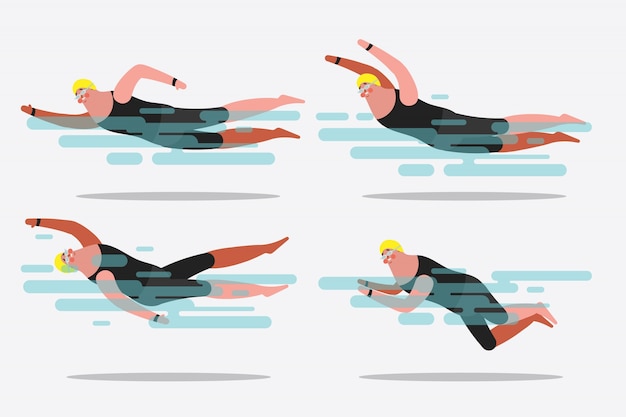
Swimming is technically demanding. Poor stroke mechanics can lead to shoulder impingement, neck strain, and lower back pain. When dryland cardio is added, form matters just as much.
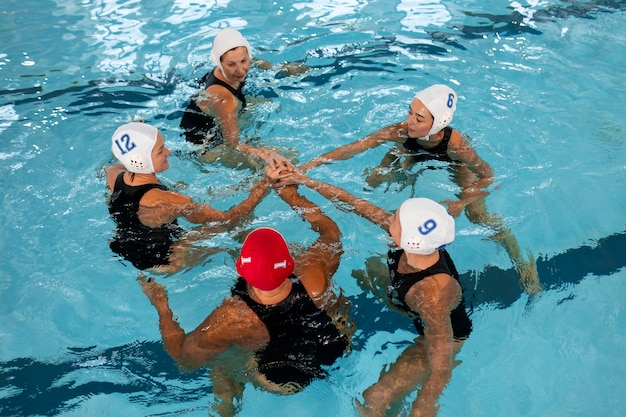
Not all cardio has to happen in the pool. Dryland training can support swim performance—if done wisely.
You don’t have to choose one forever. A periodized plan works best:
When injury risk is the priority, steady-state cardio generally offers a safer, more sustainable path—especially for swimmers already under high training loads. It supports aerobic development, aids recovery, and minimizes joint stress.
HIIT can be valuable, but it should be used strategically: sparingly, with excellent form, and never at the expense of swim technique or recovery. The goal isn’t just to train hard—but to stay in the water, consistently, for the long haul.
Train smart. Swim strong. Stay injury-free.

Fitness

Fitness

Fitness

Fitness

Fitness
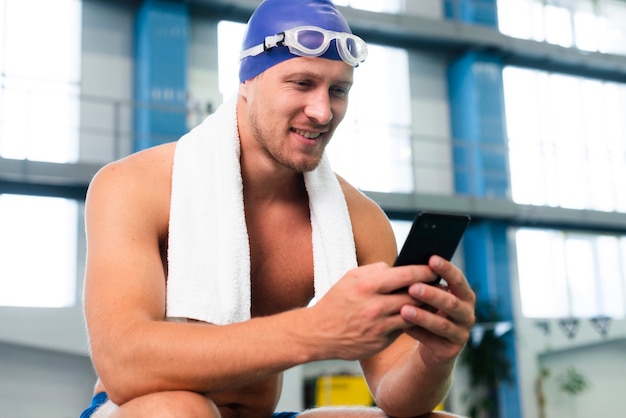
Fitness
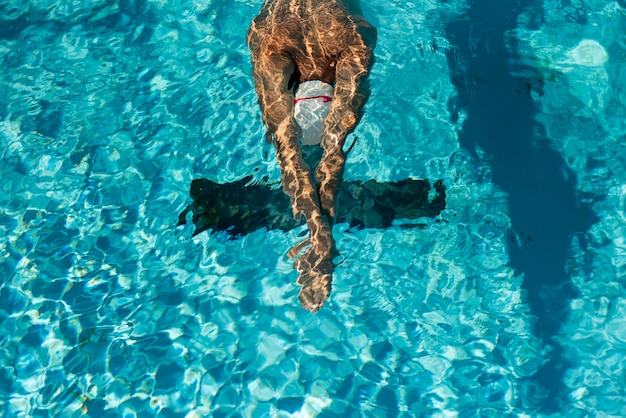
Fitness
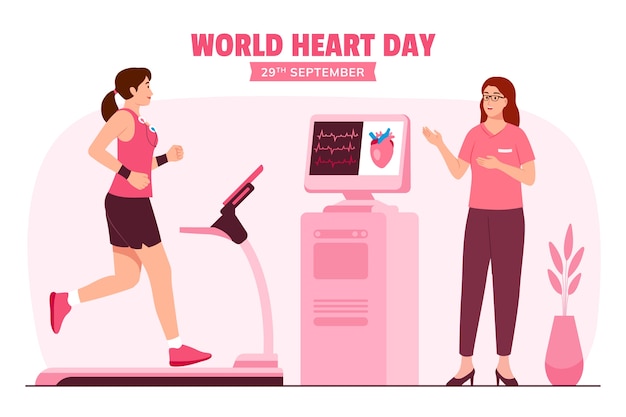
Wellness
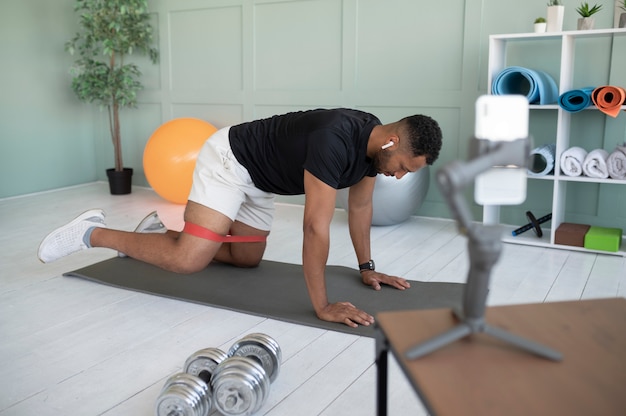
Fitness
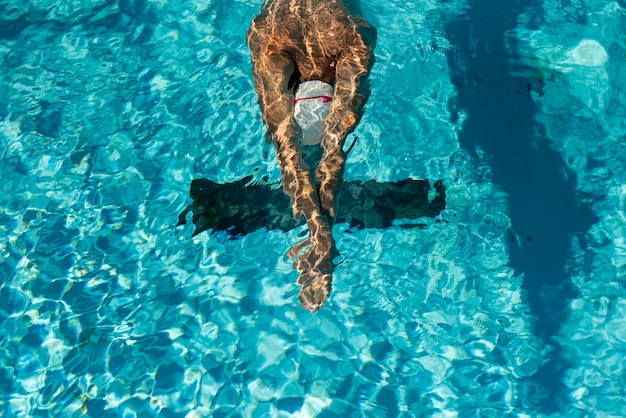
Fitness

Health

Fitness

Health

Fitness

Health

Health